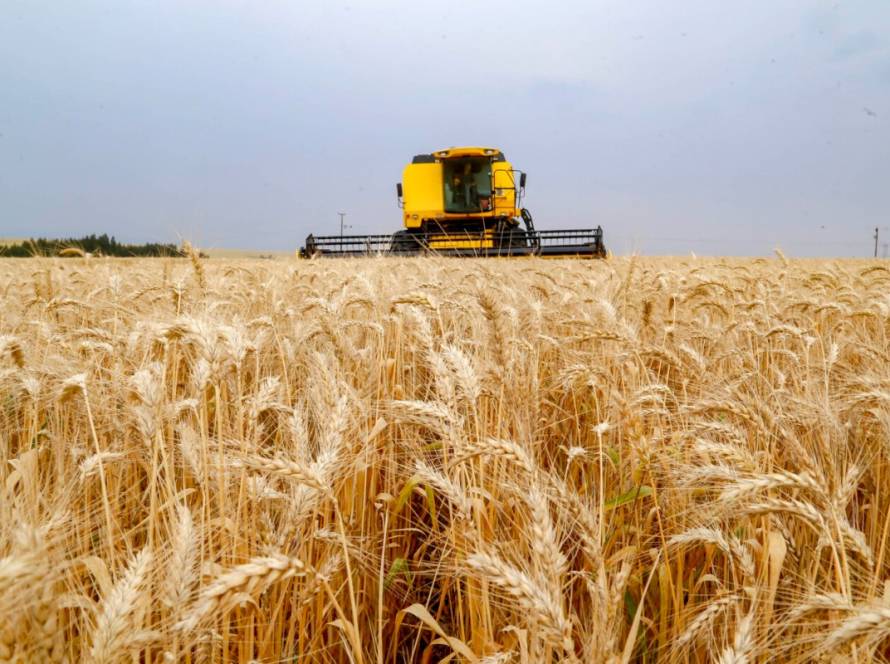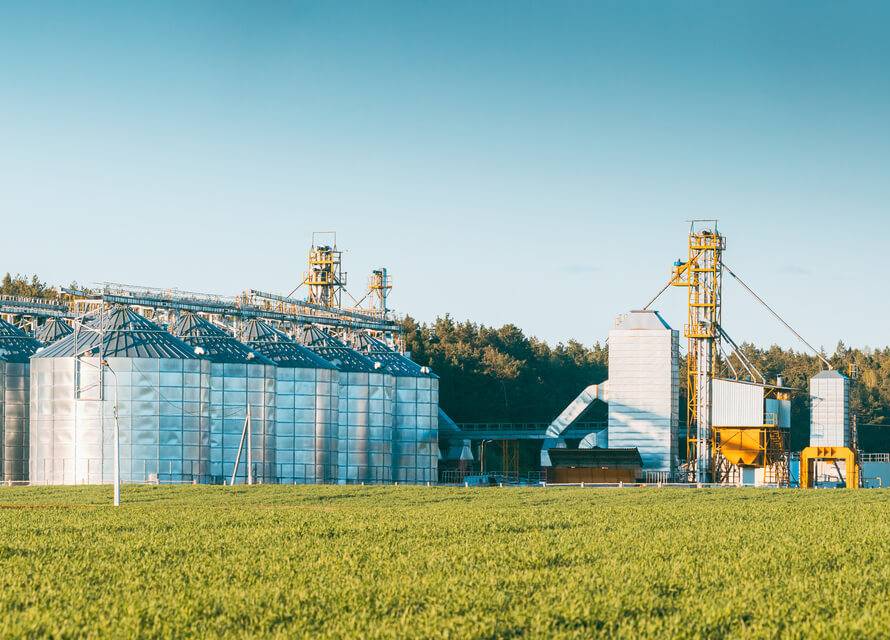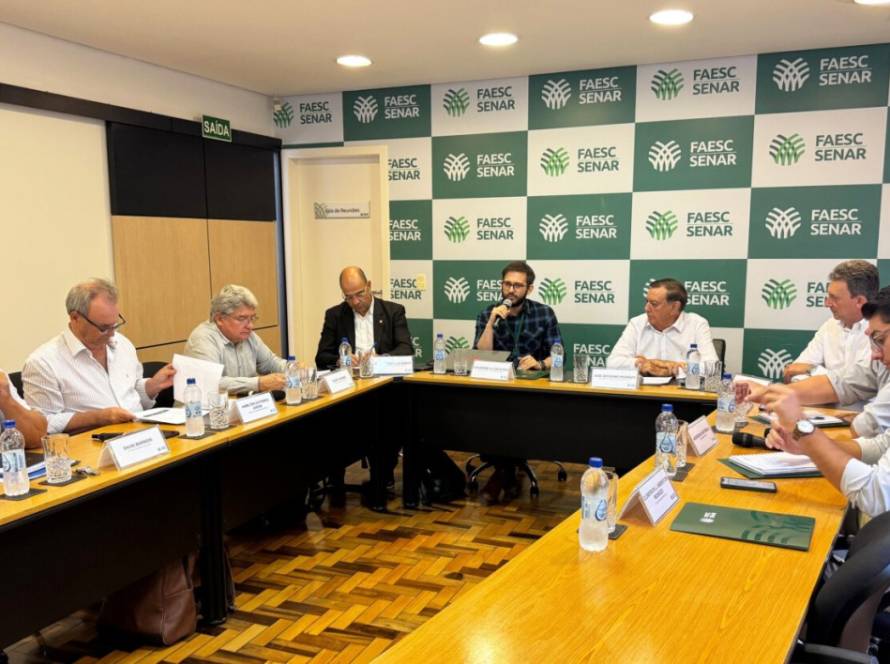The lack of rain is putting municipalities in Santa Catarina on alert. The State Government is taking permanent action to directly support producers, with credit lines and emergency programs to minimize the impacts on properties in the event of weather events. According to Epagri/Ciram, since the second half of January, Santa Catarina has seen little rainfall, especially in municipalities from the Midwest to the Southern and Northern Plateaus, as well as in areas close to Paraná and Rio Grande do Sul.

Photo: Jose Fernando Ogura
According to Epagri/Ciram, hot air masses are active in the state this summer, causing strong heat waves. Cold fronts, which usually bring more significant rainfall, have been passing further south, near Uruguay and Rio Grande do Sul, and the few that have reached the state of Santa Catarina have brought heavier rain to the coast, but in smaller quantities in the interior, mainly in the Far West, West and Midwest regions. “The rains are poorly distributed and short-lived, occurring mainly in the afternoon and followed by rapid evaporation, which makes it difficult for them to infiltrate the soil or contribute more to raising the level of rivers and reservoirs,” explains Epagri/Ciram meteorologist Marilene de Lima.
Production
According to Epagri/Cepa, soybeans are in the harvest phase in Santa Catarina and, in areas sown later, there may be some reduction in average productivity, but overall, the harvest will be one of the best in recent years. The second crop of beans and the second crop of corn are predominantly in the vegetative development and early flowering phase. “These areas deserve more attention, as there may be significant losses in productivity if the lack of rain continues in the coming months,” says João Alves, socioeconomic and rural development analyst at Epagi/Cepa.
Producer support programs

Photo: Disclosure/Copacol
The Água no Campo SC Program, with the “Water for All” and “Cultivating Water and Protecting Soil” lines, is aimed at financing the collection, storage, treatment, and distribution of water for animal and human watering, protection of springs, and recovery practices, conservation, and management of soil and water. Farmers can access up to R$100,000, with a five-year repayment term and a discount of up to R$50,000 for those who pay on time.
Pronampe Agro SC Emergencial supports the recovery of production systems, including damaged improvements, vessels, machinery and equipment. The program offers an interest subsidy of R$31,400 per year on credit operations contracted by farmers, with a term of up to eight years. It serves producers who qualify for Pronaf and Pronamp with a credit of up to R$1,500,000 per family. Producers can access these programs at the Epagri office in their municipality.
“The State Government maintains a set of permanent actions to offer direct support to farmers, with credit lines and emergency programs that aim to minimize the impacts of adverse weather conditions on properties. Our teams are in the field to identify the main problems and provide the necessary support,” says the State Secretary of Agriculture and Livestock, Carlos Chiodini.
Guaranteed Harvest

Photo: Gilson Abreu
The Safra Garantida SC Program – Guaranteeing the income of Santa Catarina farmers will bring new life to farmers who access Pronaf Custeio Agrícola and join Proagro Mais – a compulsory insurance from the federal government that protects the harvest in case of loss. It will offer a subsidy of up to R$1,500.00 to family farmers with annual gross income of up to R$100,000, to cover the Proagro Mais membership fee. Safra Garantida is in the regulatory phase with banks and cooperatives that operate Pronaf.
Weather forecast
According to meteorologist Gilsânia Cruz, the forecast for the end of March is for scarce and poorly distributed rain in the Far West, West and Midwest regions, occurring more frequently in the eastern part of the state (from the Plateau to the Coast). In the months of April and May, the forecast is for rainfall close to below the climatological average in Santa Catarina, with a chance of prolonged periods without rain. With the decrease in summer rains (convective rains), cold fronts begin to arrive more frequently in the South of Brazil, especially in the second half of the month, contributing to most of the precipitation in Santa Catarina.
The monthly average rainfall for the West and Plateau is expected to vary between 100 and 130 mm, while on the Coast this value is between 150 and 210 mm. For April and May, an even greater reduction in rainfall is expected, with the monthly average remaining between 100 and 170 mm in the state.




